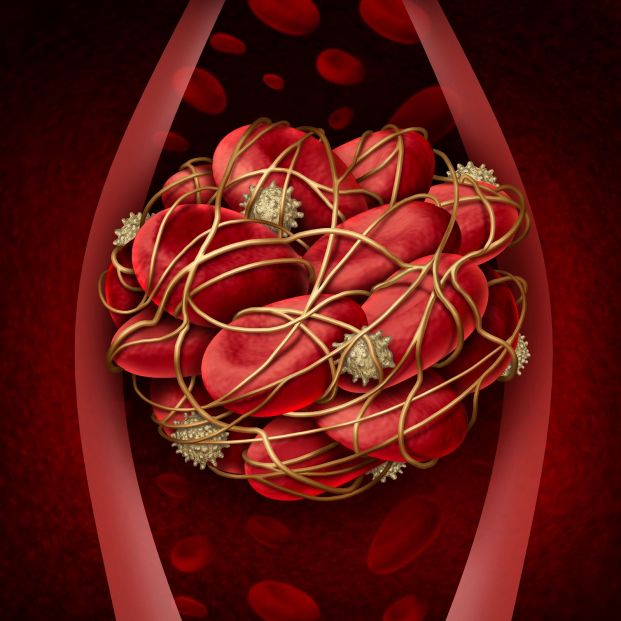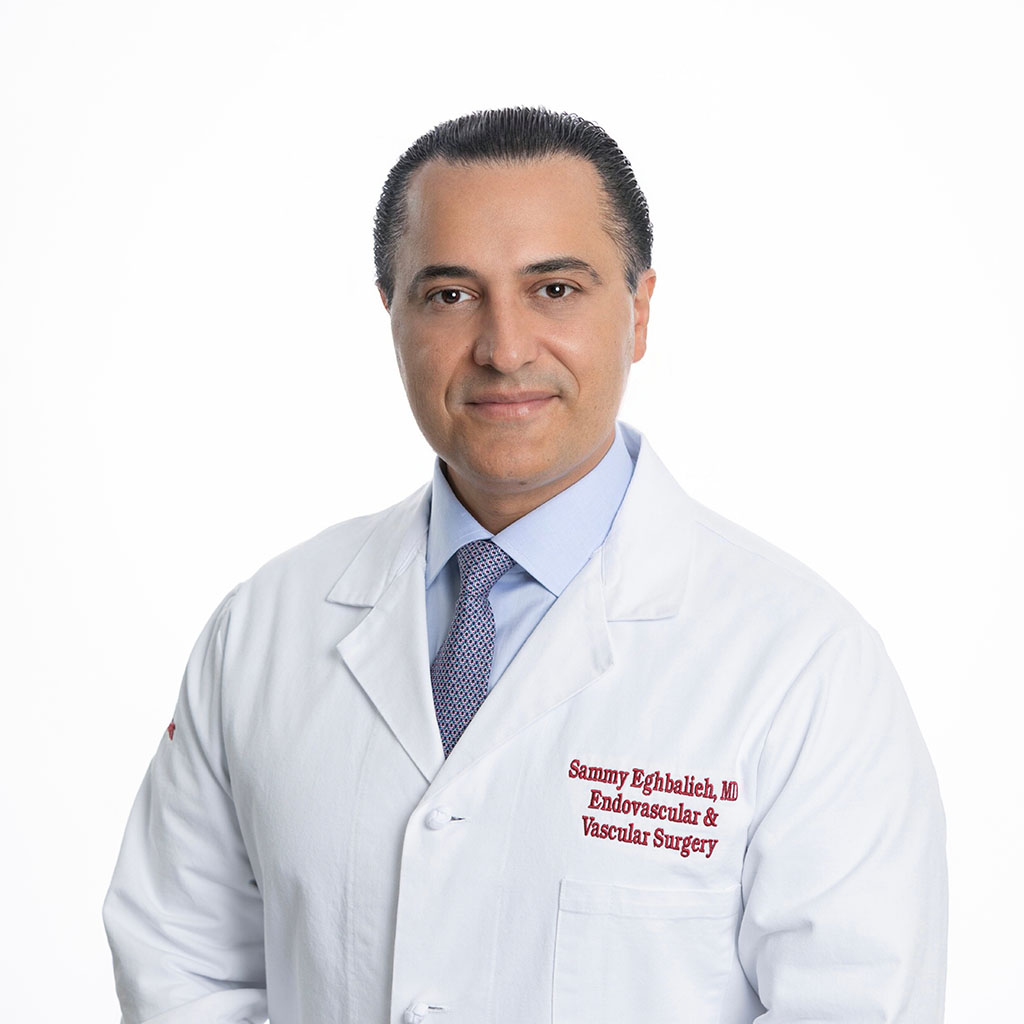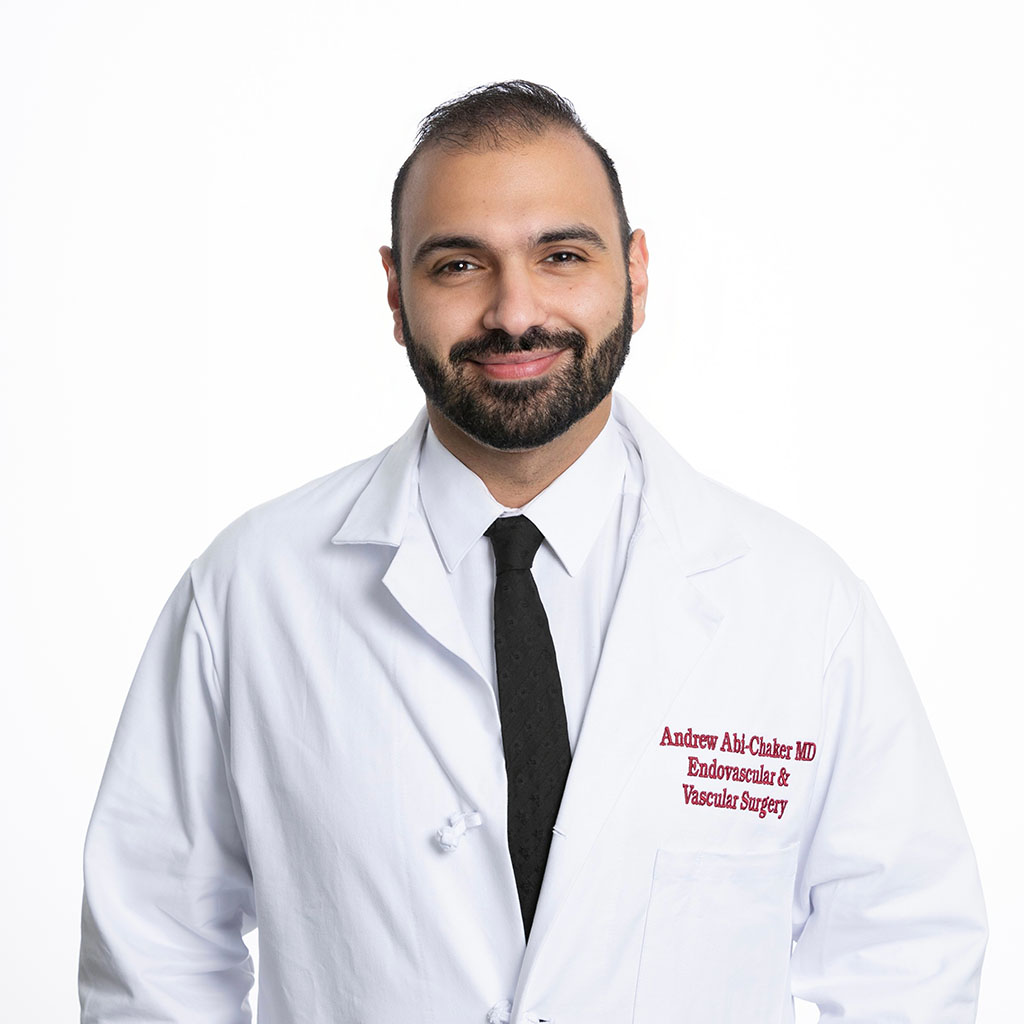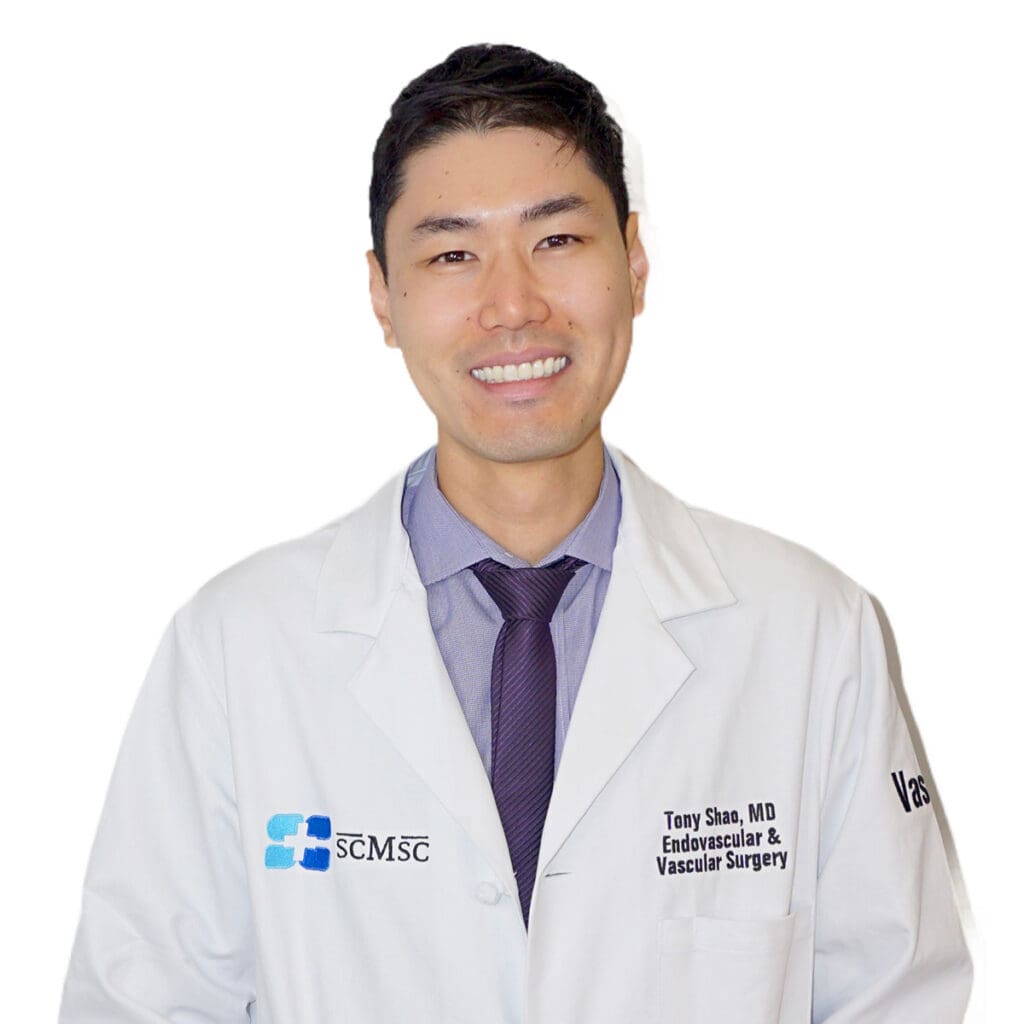Deep Vein Thrombosis Surgeon Los Angeles
“DVT blood clots affect up to 900,000 Americans each year.
100,000 people in the US die each year from blood clots.”
What is Deep Vein Thrombosis?
A blood clot forms when there is damage to the vessel or when the blood becomes too thick and begins moving slowly. Blood clots or thrombus can form anywhere in the body, however, when they form in the pelvis or deep veins in your legs it is called Deep Vein Thrombosis (DVT). DVT can become life threatening if one of the clots from your deep veins breaks off and travels to your lungs. If a blood clot travels to your lungs and blocks blood flow to your lungs, this is called a Pulmonary Embolism (PE) and can be life threatening if you do not receive immediate medical attention.
More than half of patients that have DVT will suffer long term complications due to damage to the veins and their valves, inhibiting the natural flow of blood back to your lungs. Other symptoms include “pooling” of blood in the legs that causes long term pain and swelling and even non-healing ulcers in some cases. These conditions are called post thrombotic syndrome (PTS) or chronic venous insufficiency.
For more information on DVT visit www.clearingtheclot.com.
Deep Vein Thrombosis Q & A
What are risk factors for DVT?
- Family history
- Over 60 years old
- Cancer/ chemotherapy
- Pregnant or postpartum
- History of smoking
- Birth control or hormone therapy
- Blood clotting disorder
- Overweight, BMI > 30
- Surgery
- Long period without movement i.e., long trip, illness, bed rest, or paralysis
- Varicose veins
- Central venous catheter
- Inflammatory bowel disease such as ulcerative colitis or Crohn’s disease
- Having COVID 19 or variant
What are the symptoms of DVT?
It is estimated that 50% of people with DVT do not experience any signs or symptoms.
- Pain or tenderness
- Swelling
- Redness or discoloration
- Skin warm to the touch
- Enlarged veins
Treatment Options for Deep Vein Thrombosis
- IVC filter placement
- IV medications called “clot busters”
- Mechanical thrombectomy
To schedule an evaluation with Dr. Eghbalieh or Dr. Abi-Chaker at Southern California Multi-Specialty Center, call 818-900-6480.
Our Vascular & Endovascular Surgeons
It's important to remember not all physicians are trained in advanced vascular and endovascular surgery. It’s a good practice to get multiple opinions and do research on the surgery and the physician.
Make an appointment at SCMSC
We look forward to welcoming you
Schedule an evaluation with Dr. Eghbalieh or Dr. Abi-Chaker at Southern California Multi-Specialty Center.






